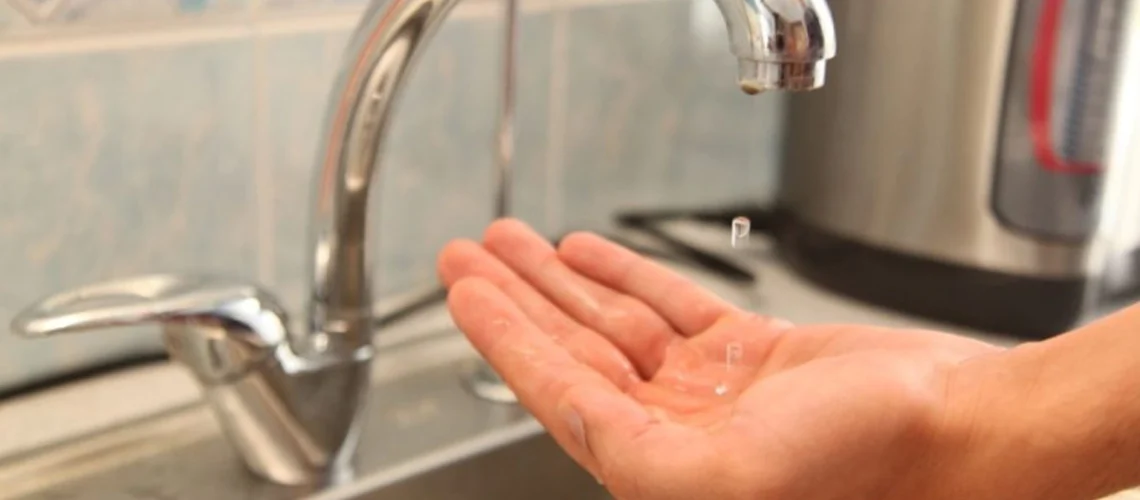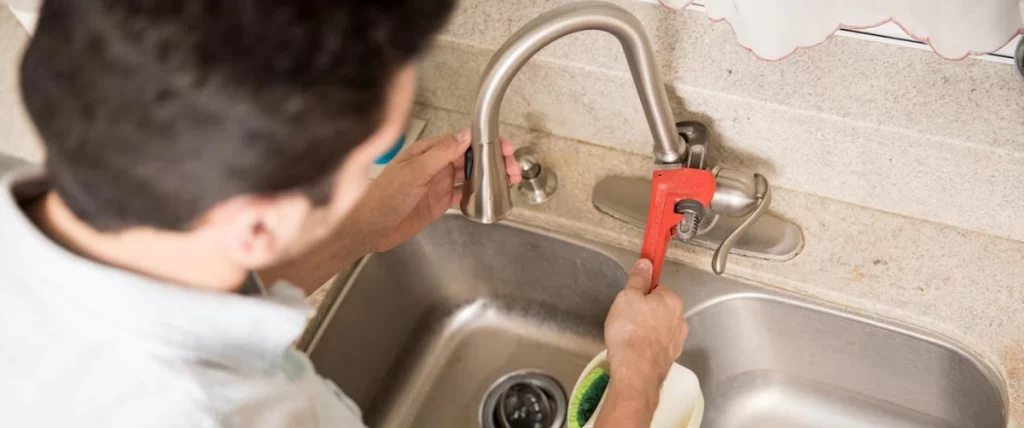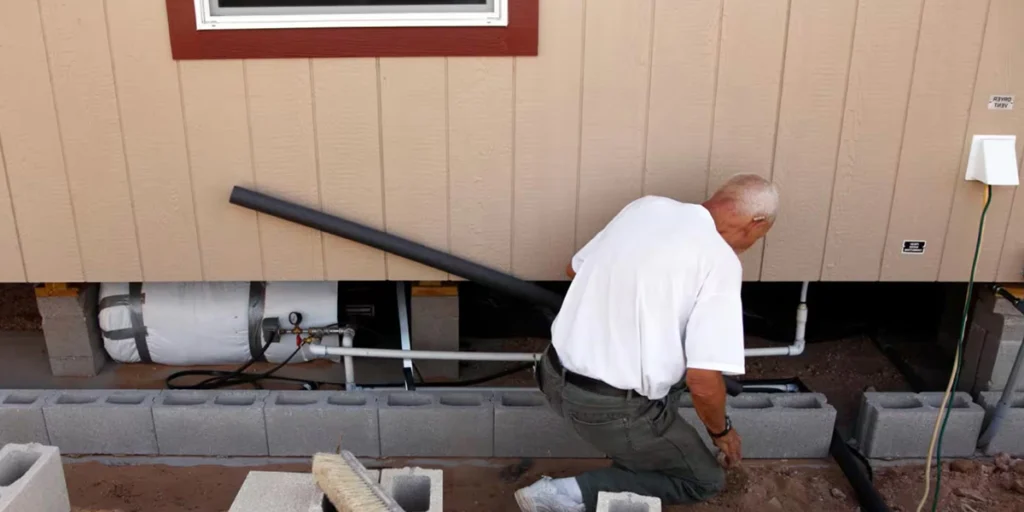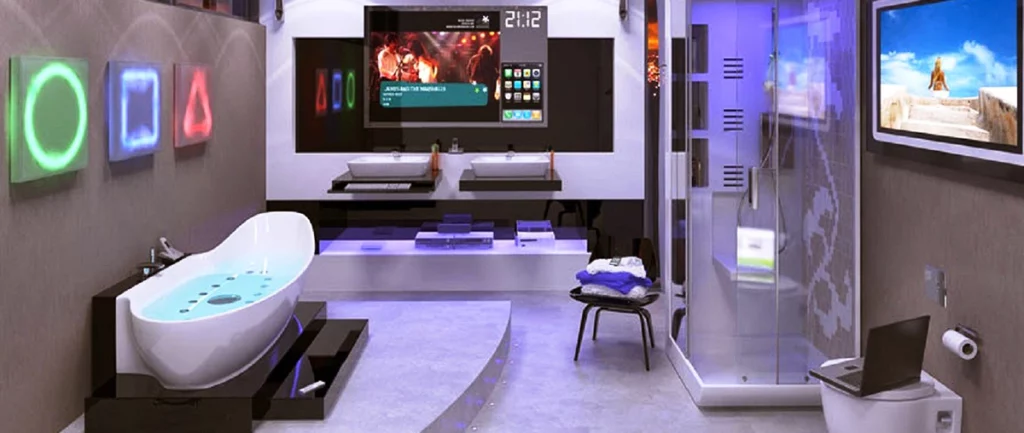If you’ve noticed low water pressure in your kitchen sink, it can be quite frustrating. The sink is a heavily used part of the kitchen, and when the water pressure is reduced, it can make everyday tasks like washing dishes or filling pots much more difficult. But why is this happening, and what can be done to fix it? Let’s explore the common causes and potential solutions for low kitchen sink water pressure.
Contents
Common Causes of Low Water Pressure in Kitchen Sinks
There are several potential reasons why your kitchen sink might be experiencing low water pressure, ranging from simple clogs to more complex plumbing issues that may require professional attention. Understanding these causes can help you quickly identify and resolve the problem.
1. Clogged Aerator
One of the most frequent causes of low water pressure at the kitchen sink is a clogged aerator. The aerator, located at the end of the faucet, is a small screen that helps to control the flow of water. Over time, mineral deposits and debris can build up in the aerator, reducing the water flow.
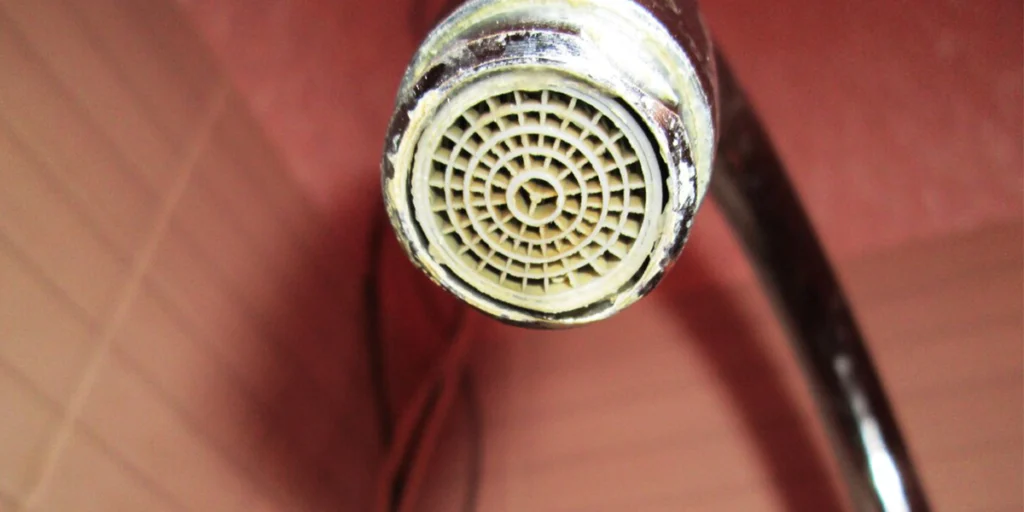
Solution:
- Unscrew the aerator from the faucet.
- Soak it in vinegar to dissolve mineral buildup.
- Rinse and reattach it to see if the water pressure improves.
2. Blocked Supply Lines
Another reason for low water pressure in kitchen sinks could be blocked or kinked supply lines. These lines deliver water from your home’s plumbing system to the faucet. A blockage or a kink can restrict water flow, causing low water pressure in the kitchen sink.
Solution:
- Inspect the supply lines beneath the sink for any visible kinks.
- If you suspect a blockage, it may be necessary to call a professional plumber to clear it.
3. Issues with the Shut-Off Valves
Sometimes, the problem may lie with the shut-off valves located under your sink. If these valves are not fully open, the water flow will be restricted, resulting in low water pressure from the kitchen sink.
Solution:
- Check the shut-off valves to ensure they are fully open.
- If the valves are stuck, you may need to loosen them carefully or seek professional help.
How to Diagnose Low Water Pressure in the Kitchen Sink
If you’re unsure why the kitchen sink water pressure is low, you can take several steps to diagnose the problem.
1. Check Both Hot and Cold Water
Does the low kitchen sink water pressure occur with both hot and cold water? If the issue is only with the hot water, the problem could be with your water heater, while an issue with both hot and cold water might indicate a problem with the faucet or supply lines.
2. Test Other Faucets in the House
If the water pressure at the kitchen sink is low but other faucets in the house have normal pressure, the issue is likely isolated to the kitchen sink. However, if multiple faucets have low water pressure, you may have a broader plumbing issue, such as a problem with the main water supply.
3. Inspect for Leaks
Leaks in the plumbing system can lead to low water pressure kitchen sink problems. Inspect the area under your sink and other visible pipes for any signs of water leakage.
When to Call a Plumber
While many causes of low water pressure in the kitchen sink can be resolved with DIY methods, some issues require professional assistance. If you’ve tried cleaning the aerator, checking supply lines, and ensuring that shut-off valves are fully open but still experience low water pressure, it’s time to call a plumber.
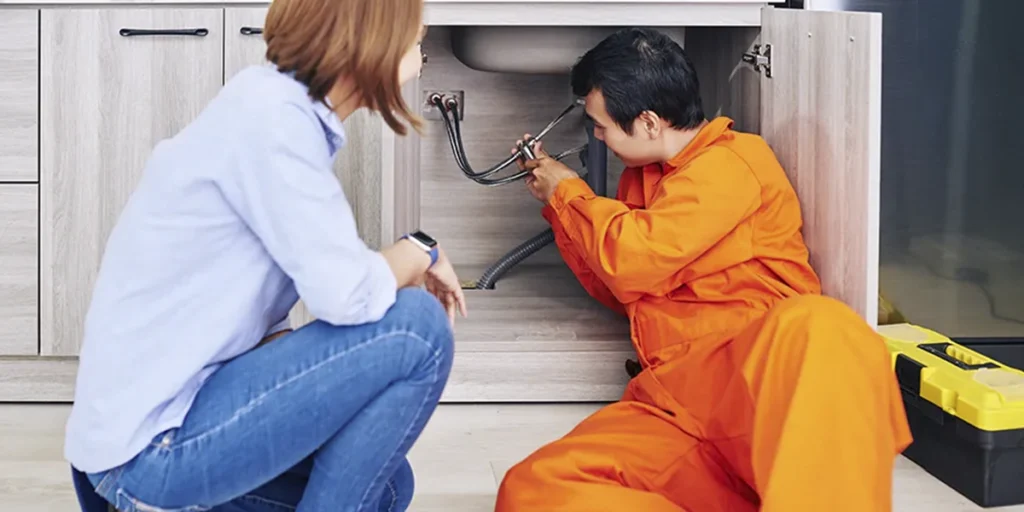
How a Plumber Can Help
When DIY solutions don’t resolve the issue, a professional plumber can step in to address more complex problems, such as detecting hidden leaks, replacing faulty faucets, or clearing blockages in the pipes. Their expertise ensures that the underlying cause of low water pressure in your kitchen sink is effectively fixed, preventing further damage to your plumbing system.
1. Fixing Hard-to-Detect Leaks
A licensed plumber can detect hidden leaks within your plumbing system that may be causing low water pressure only in the kitchen. They use specialized equipment to locate leaks and provide the necessary repairs.
2. Replacing Faulty Faucets
If your faucet itself is old or faulty, it may be the cause of the low water pressure. A plumber can help by replacing it with a new, more efficient model.
3. Clearing Blockages in Pipes
If a blockage in your supply lines or pipes is causing the sink to run so low, a plumber can use professional tools to clear the blockage and restore normal water pressure.
How to Prevent Low Water Pressure in the Future
Taking steps to maintain your plumbing system can help prevent low water pressure in the kitchen sink from happening again. Here are some tips:
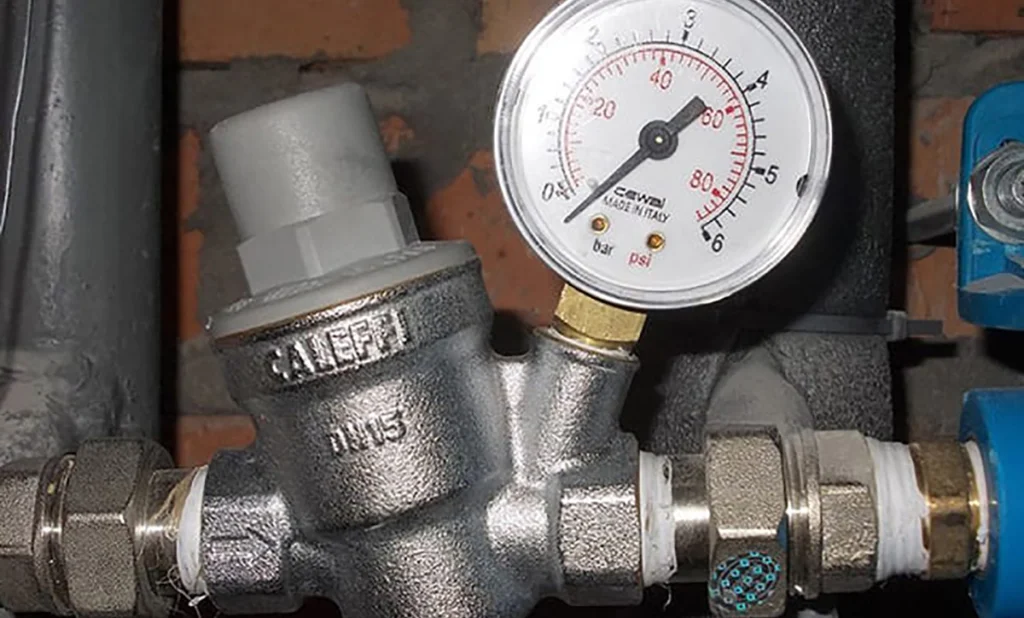
- Regularly Clean the Aerator: Make it a habit to clean the aerator every few months to prevent mineral buildup.
- Inspect Supply Lines: Periodically check the supply lines under your sink to ensure they are not kinked or damaged.
- Monitor Water Pressure: If you notice changes in water pressure throughout your home, address the issue promptly to avoid larger problems later.
Conclusion
Experiencing low water pressure in your kitchen sink is a common but fixable issue. By understanding the possible causes, such as a clogged aerator, blocked supply lines, or closed shut-off valves, you can often resolve the problem on your own. However, for more serious issues like leaks or blockages, contacting a plumber is your best option. Maintaining your plumbing system can help prevent future occurrences, ensuring your kitchen sink runs smoothly.
Now that you know the possible reasons behind why the water pressure in your kitchen sink is low, you can take the necessary steps to diagnose and fix the issue, making everyday tasks easier and less frustrating.
FAQ
If only the hot water pressure is low, the issue may be related to your water heater, such as sediment buildup or a partially closed valve. It’s best to check the heater and its connections or consult a plumber.
Start by cleaning the aerator, checking the supply lines for kinks or blockages, and ensuring the shut-off valves are fully open. If the issue persists, it may require professional assistance.
If the low pressure is isolated to the kitchen sink, the problem is likely related to a clogged aerator, blocked supply lines, or an issue with the faucet. Broader water pressure issues throughout the house could indicate a larger plumbing problem.
Yes, mineral buildup in the aerator can restrict water flow, leading to reduced pressure. Cleaning or replacing the aerator is a quick fix to restore normal water pressure.
A sudden drop in water pressure could indicate a more serious issue, such as a hidden leak or a problem with your home’s main water supply. It’s a good idea to inspect the plumbing and consult a professional if needed.
If basic troubleshooting doesn’t solve the problem, such as cleaning the aerator or checking the valves, it’s best to call a plumber. They can inspect your plumbing system for leaks, blockages, or more complex issues that might require professional repair.



